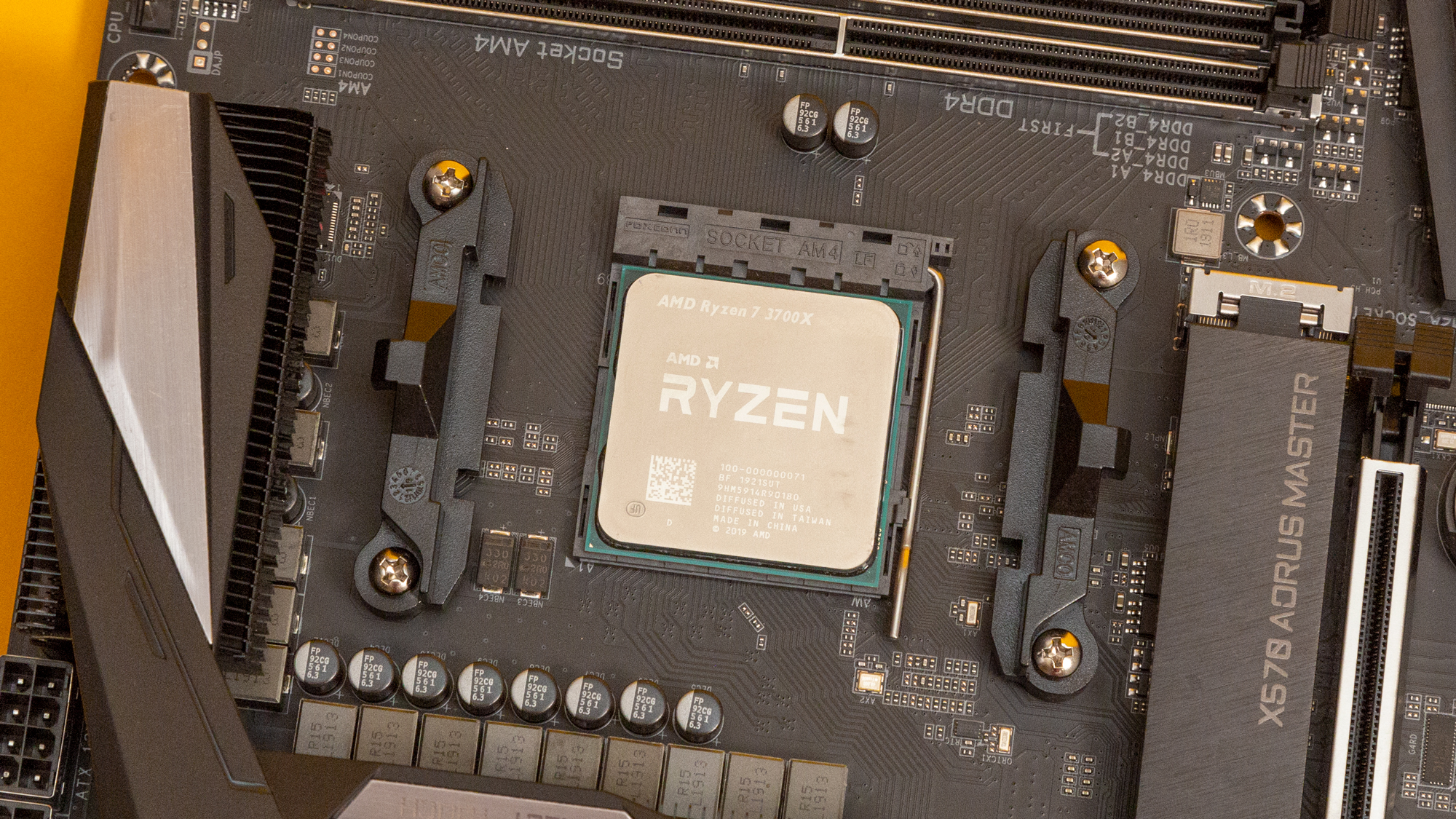True.
Now let's do math.
Intel = 100 Units a Day | AMD = 10 Units a Day | Total Units Sold in a Day = 110.
Intel Units Sold/Total Units Sold = 100/110 = .909 (*100) 90.9%
AMD Units Sold/Total Units Sold = 10/110 = .09(*100) .09%
Intel Market Share = 90.9%
AMD Market Share = .09%
With the increased unit sales now.
Intel = 100 Units a Day | AMD = 20 Units a Day | Total Units Sold in a Day = 120
Intel Units Sold/Total Units Sold = 100/120 = .833(*100) 83.3%
AMD Units Sold/Total Units Sold = 20/120 = .166(*100) 16.6%
Intel Market Share = 83.3%
AMD Market Share = 16.6%
Old Intel Unit Sales = 100 | Old Intel Market Share 90.9%
New Intel Unit Sales = 100 | New Intel Market Share 83.3%
Old AMD Unit Sales = 10 | Old AMD Market Share .09%
New AMD Unit Sales = 20 | New AMD Market Share 16.6%
As you can see, Market Share Growth != Outselling.
This post was completely useless.
After doing the math myself, well, it seems you are right. AMD doesn't need to outsell Intel to increase market share. All they need to do is improve the ratio of selling within the market, and as long as that ratio is higher than the current market share, AMD's market share will increase. I started doing my own calculation, because yours was not convincing to me. And I didn't think it was representative at all, because you ignored historical data which didn't make it clear enough. Let me show you how I came to this conclusion. It might make it clear for others as well
At some point within the last 5 years, Intel had 80% market share, and AMD had 20%. Let's use that as a starting point for simplicity. And also for simplicity, we'll use easy to use numbers...
Intel Total CPUs sold: 800,000
AMD Total CPUs sold: 200,000
Now, let's use your numbers. Intel sells 100 units a day. AMD sells 10 units a day. After 100 days;
Intel has: 810,000
AMD has: 201,000
What is the market share now?
Intel: 810k / (810k+201k) = 80.12%
AMD: 201k / 810k+201k) = 19.88%
AMD is losing market share, and Intel's market share increased.
Now let's say AMD's sales double and Intel's stay the same, like you said. So for every 100 CPUs that Intel sells, AMD sells 20 instead of 10. After 100 days again, they have;
Intel has: 810,000
AMD has: 202,000
What is the market share now?
Intel: 810k / (810k+202k) = 80.04%
AMD: 202k / 810k+202k) = 19.96%
AMD is still losing market share, albeit at a slower rate.
What happens if the ratio becomes 100 Intel and 50 AMD? Then;
Intel has: 810,000
AMD has: 205,000
What is the market share now?
Intel: 810k / (810k+205k) = 79.80%
AMD: 205k / 810k+205k) = 20.20%
AMD gained market share in this case, without outselling Intel.
It should be noted though, that in such a case that these sale values remain the same, AMD's market share will never surpass 33.33% and Intel's lowest possible value will be 66.67%. In the case of 100 vs 10, AMD loses market share, because the 'balance point' (don't know what else to call it), is 9.09%, so as long as the ratio is like that, AMD's market share would slowly drift towards that number. The same thing happens with the 100/20 ratio, but in that case the balance point is 16.67%
Now that we have this perspective, and that AMD has risen from 18% in 2016 to 32% in 2019, it's still not unreasonable to assume that AMD is outselling Intel. That is quite a quick rise. It might be possible to calculate, but honestly, I have better things to do with my time.
And thanks for the explanation. I guess I learned something from you, because Leonidas was too much of an ass to explain himself.


